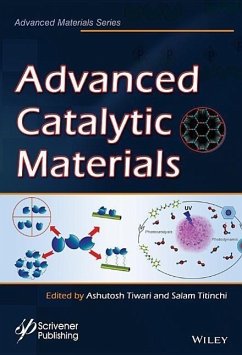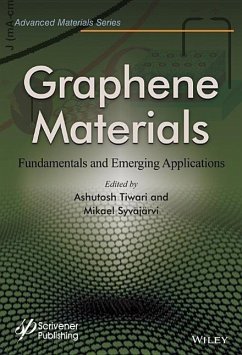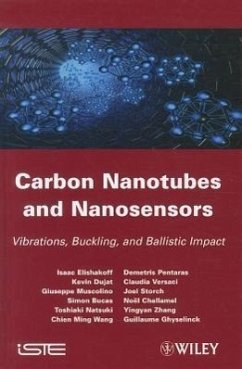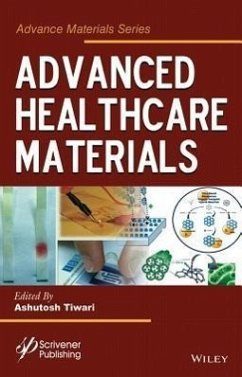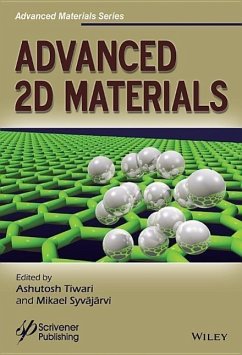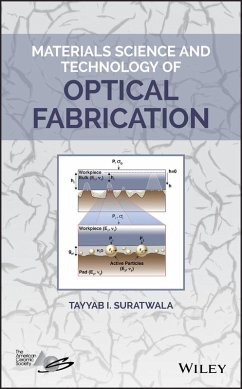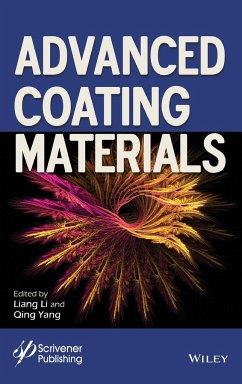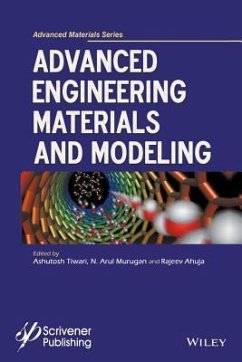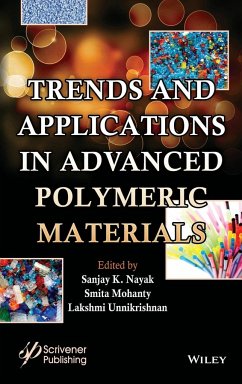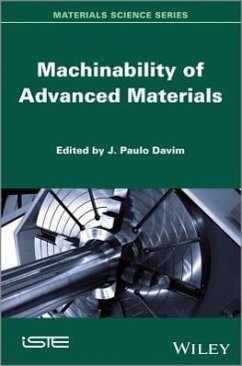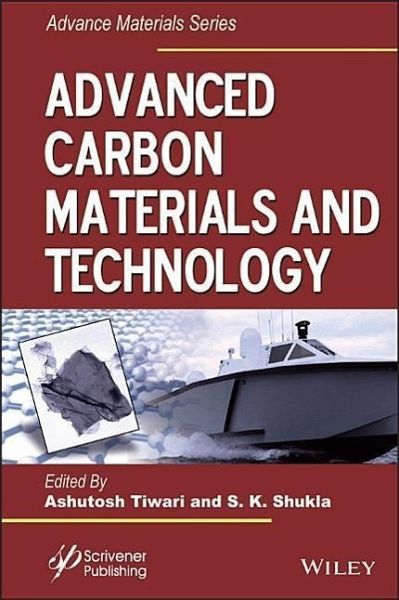
Advanced Carbon Materials and Technology
Versandkostenfrei!
Versandfertig in über 4 Wochen
200,99 €
inkl. MwSt.
Weitere Ausgaben:

PAYBACK Punkte
100 °P sammeln!
A broad and comprehensive look at cutting-edge research on carbon-based materials, including graphene, carbon nanotubes, fullerenes, carbon composites, and fly ash engineering The expansion of carbon materials is a multidisciplinary undertaking, related to physics, chemistry, biology, the applied sciences, and engineering. The recent research on carbon materials has been focused, in large part, on aspects of the fundamental physics of carbon materials, such as their properties. However, with a greater understanding of the behavior of electrons in graphene and other newly-derived carbon materia...
A broad and comprehensive look at cutting-edge research on carbon-based materials, including graphene, carbon nanotubes, fullerenes, carbon composites, and fly ash engineering The expansion of carbon materials is a multidisciplinary undertaking, related to physics, chemistry, biology, the applied sciences, and engineering. The recent research on carbon materials has been focused, in large part, on aspects of the fundamental physics of carbon materials, such as their properties. However, with a greater understanding of the behavior of electrons in graphene and other newly-derived carbon materials that behave in distinctive ways, a new research direction has led to many discoveries of new phenomena. Advanced Carbon Materials and Technology presents cutting-edge research on the processing, properties and technological developments of graphene, carbon nanotubes, carbon fibers, carbon particles, and other carbon-based structures including multifunctional graphene sheets, graphene quantum dots, buckyballs, carbon balls, and their polymer composites. Also included are three chapters on how to use environmentally-unfriendly fly ash in developing advanced composites for the next generation of advanced lightweight composites. The book brings together respected international scholars writing on the innovative methodologies and strategies adopted in carbon materials research, including: * Synthesis, characterization, and functionalization of carbon nanotubes and graphene * Surface modification of graphene * Carbon-based nanostructured materials * Graphene and carbon nanotube-based electrochemical (bio)sensors for environmental monitoring * Carbon catalysts for hydrogen storage materials * Optical carbon nano-objects * Fly ash engineering and cryogels Readership Scientists, researchers, and engineers in advanced materials research; industrial sectors intending to produce these advanced functional carbon materials utilizing state-of-the-art techniques; and PhD, master's degree, and upper-level undergraduate-level courses on materials processing, properties and applications in chemistry, physics, biotechnology, materials science, and biomedical engineering aspects.




